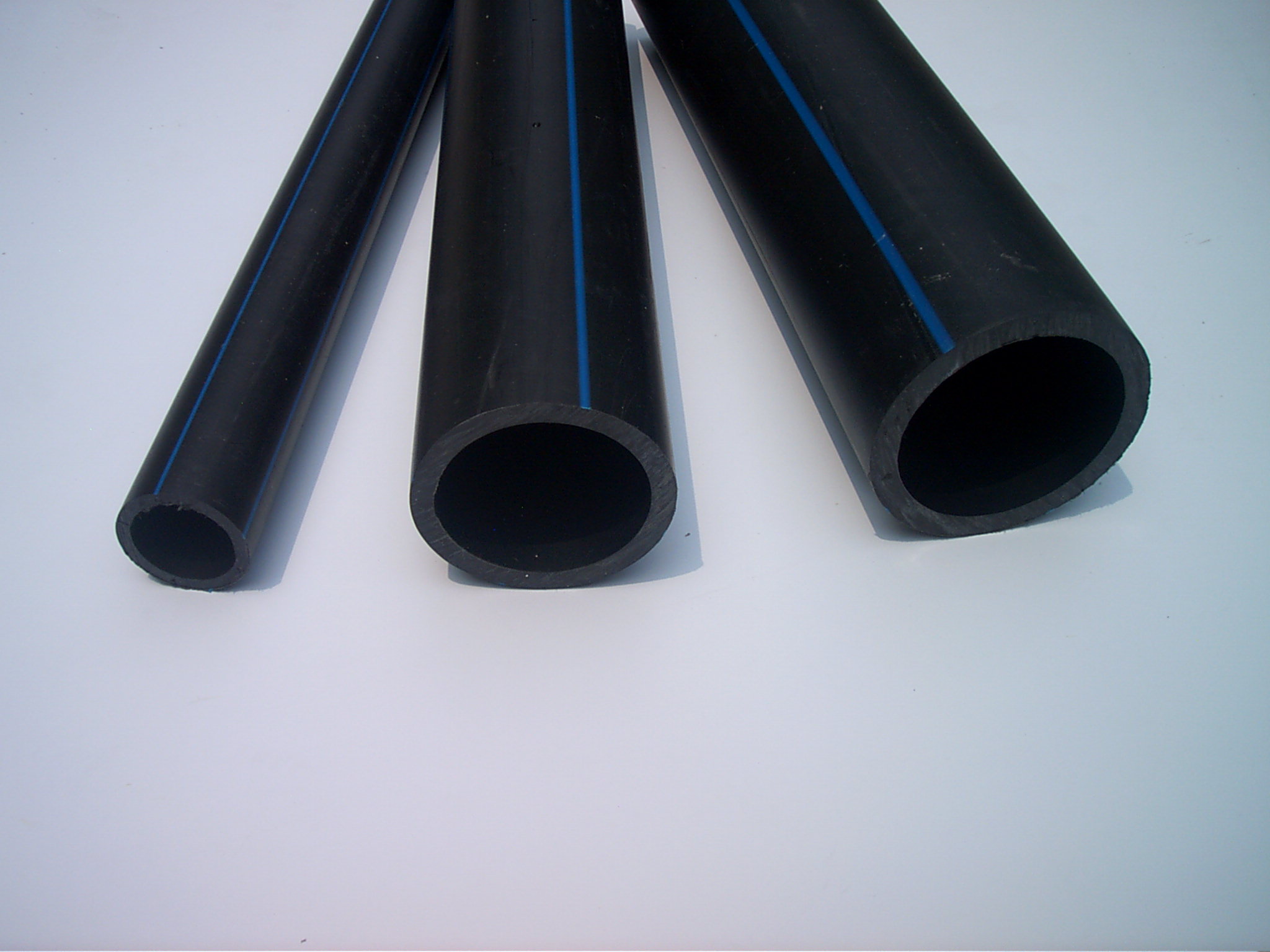des . 07, 2024 07:52 Back to list
pp cutting board
The Versatility of PP Cutting Boards A Comprehensive Overview
In the culinary world, the tools we use can make a substantial difference in the cooking process and overall experience. One of the unsung heroes of the kitchen is the cutting board, and among the various materials available, Polypropylene (PP) cutting boards have emerged as a popular choice for home cooks and professional chefs alike. This article explores the features, benefits, and considerations of using PP cutting boards.
What is Polypropylene?
Polypropylene is a thermoplastic polymer that is widely used in various applications, including packaging, textiles, automotive components, and kitchenware. Its popularity in the kitchen is primarily due to its durability, lightweight nature, and resistance to chemicals and moisture. When crafted into cutting boards, polypropylene provides an excellent surface for a variety of cuisines.
Benefits of PP Cutting Boards
1. Durability One of the standout features of PP cutting boards is their impressive durability. They can withstand significant wear and tear, making them ideal for both everyday use and intensive culinary tasks. Unlike wood or bamboo boards, PP cutting boards do not warp or crack, ensuring a long lifespan.
2. Non-porous Surface The non-porous nature of polypropylene means that it won’t absorb liquids or odors, reducing the risk of cross-contamination. This characteristic is particularly important when preparing raw meats, as it helps to maintain hygiene in the kitchen.
3. Easy to Clean PP cutting boards are dishwasher safe, which simplifies the cleaning process. Unlike wooden boards that require oiling and careful cleaning to prevent damage, PP cutting boards can be tossed into the dishwasher without concern, saving time and effort.
4. Heat Resistance Polypropylene has a higher heat resistance compared to some other materials. This means you can place hot pots or pans on your cutting board without worrying about damage.
pp cutting board

5. Lightweight These boards are significantly lighter than wooden ones, making them easier to handle and store. Their lightweight nature is particularly advantageous for people who frequently move around the kitchen or have limited storage space.
Considerations When Choosing PP Cutting Boards
While PP cutting boards boast numerous advantages, there are a few considerations to keep in mind
1. Knife Friendly Although PP boards are durable, they can be tougher on knife blades compared to softer materials like wood. Over time, the surface may become scratched, which can harbor bacteria if not cleaned properly. To prolong the life of both your knives and the cutting board, using the right knife and not applying excessive force is recommended.
2. Aesthetic Appeal PP cutting boards typically come in various colors and sizes, but they may not have the same aesthetic appeal as wooden boards. For those who want their kitchen décor to reflect a rustic or traditional style, wooden boards might be a preferred choice.
3. Environmental Considerations As a plastic product, the environmental impact of PP cutting boards is a topic worth considering. While they are designed to last, plastic can contribute to landfill waste. However, many manufacturers are developing recycled materials and more sustainable practices, making it possible to find eco-friendlier options.
Conclusion
PP cutting boards represent a versatile and practical choice for any kitchen. Their durability, ease of cleaning, and resistance to bacteria make them a valuable addition to culinary tools. While they may not provide the same aesthetic warmth as wooden boards, their functionality and practical benefits far outweigh this consideration for many cooks. As a kitchen essential, PP cutting boards serve a vital role in food preparation, allowing chefs to focus on what truly matters—creating delicious dishes. Whether you are a professional chef or a home cooking enthusiast, incorporating a polypropylene cutting board into your kitchen arsenal will undoubtedly enhance your culinary experience.
-
Premium PVC Transparent Pipe: Durable & Clear Solutions
NewsJul.31,2025
-
High-Quality UPVC Electrical Pipe for Safe Wiring Solutions
NewsJul.30,2025
-
Premium PVC Pipe Fitting Supplier – Durable & Leak-Proof Solutions
NewsJul.30,2025
-
High-Gloss PVC Rigid Sheet for Durable & Smooth Surfaces | Wholesale Supply
NewsJul.29,2025
-
High Quality PVC Soft Sheet for Flexible and Durable Applications
NewsJul.29,2025
-
High-Quality PPR Pipe for Plumbing Systems - Durable & Leak-Proof
NewsJul.29,2025

